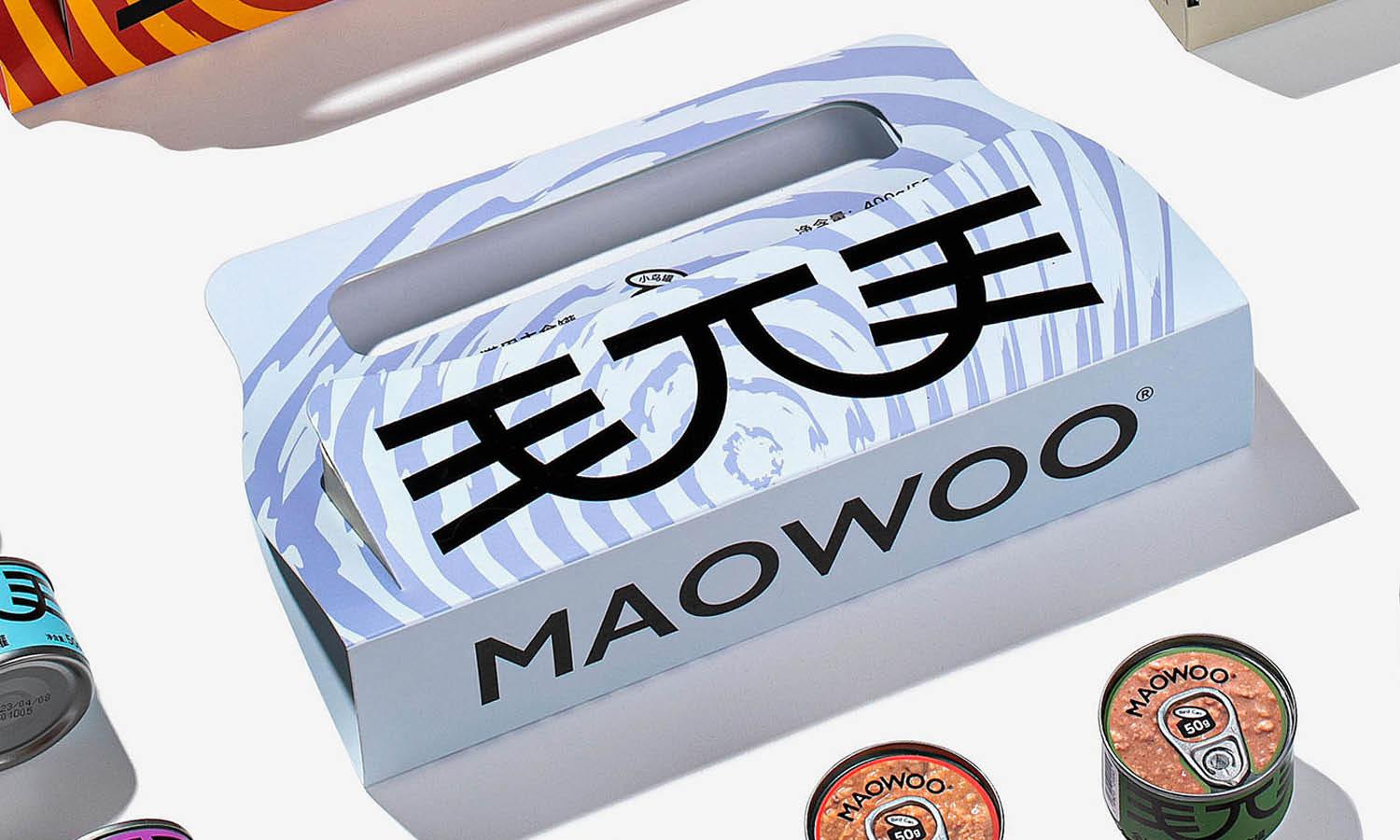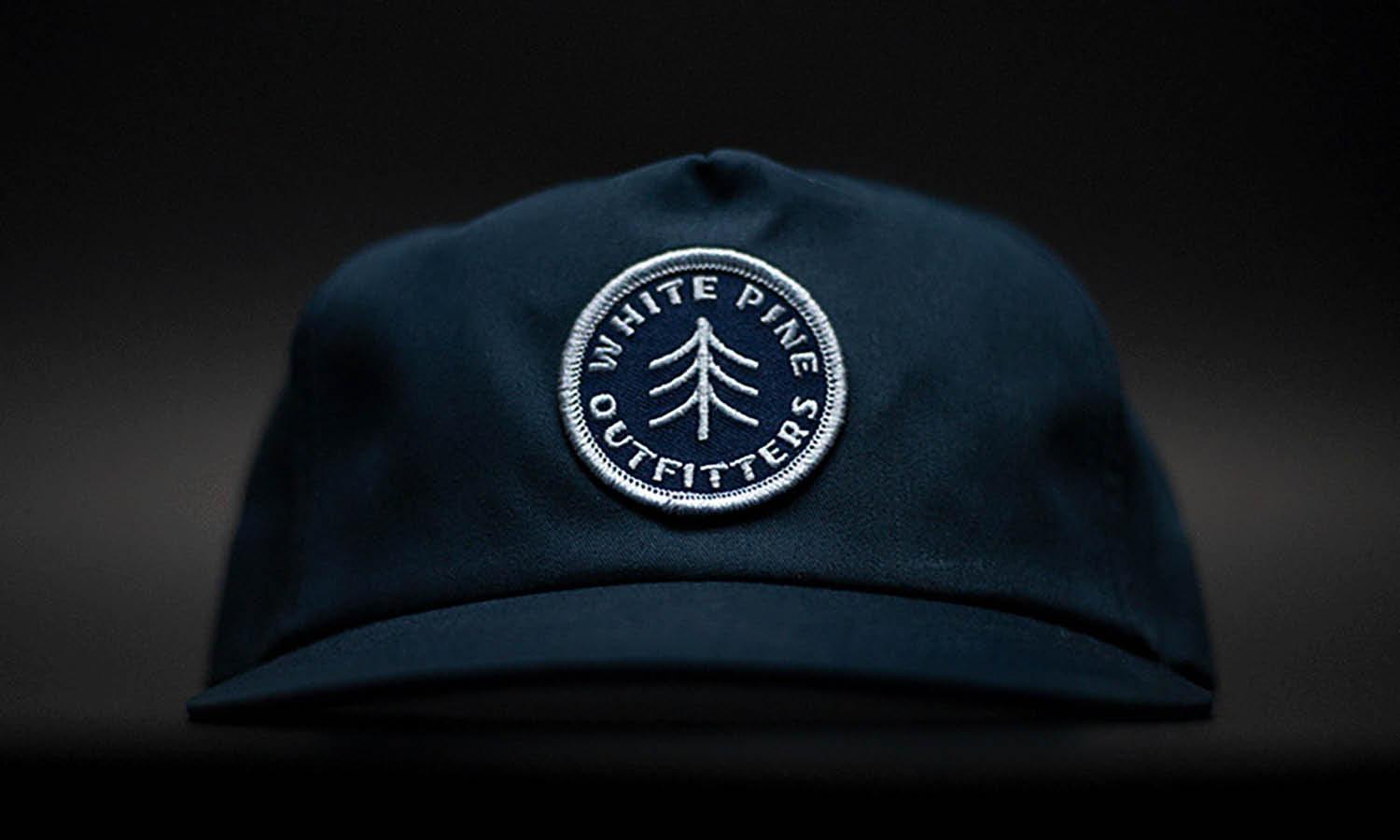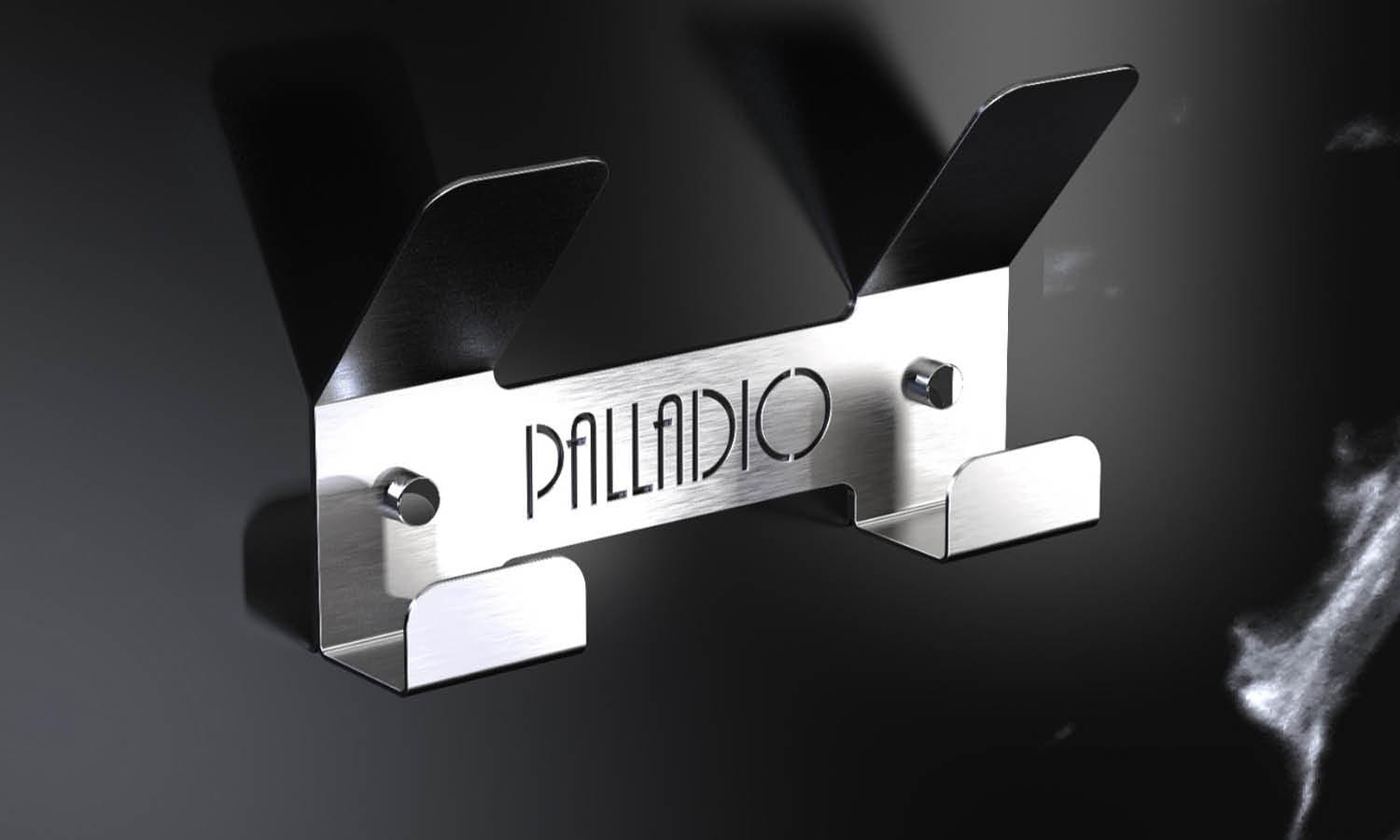How to Print Logo Designs on Hampers

Source: Cindy Erbianco, Nata Cake & Cookies - Christmas 2021 (Packaging Design), Behance, https://www.behance.net/gallery/137161037/Nata-Cake-Cookies-Christmas-2021-(Packaging-Design)
Printing logo designs on hampers is an effective way to enhance brand visibility and add a personal touch to corporate gifts or promotional items. Whether you're looking to create unique presents for events, special occasions, or marketing campaigns, the right approach to printing can make a significant difference. This process involves selecting suitable materials, deciding on the best printing technique, and ensuring the final product reflects your brand's image accurately. By customizing hampers with your company's logo, you not only increase brand recognition but also provide a functional item that clients and customers will appreciate and use.
The key to successful logo printing on hampers lies in understanding the various aspects of the printing process, from the initial design and preparation of artwork to the choice of printing methods and materials that ensure durability and visual appeal. In this article, we will explore essential tips and techniques to help you achieve professional-quality results when printing logos on hampers, ensuring your branded merchandise stands out in a crowd and leaves a lasting impression.
Select a Suitable Printing Method
Choosing the right printing method is crucial when adding logo designs to hampers. The three most common techniques include screen printing, digital printing, and heat transfer, each offering distinct advantages depending on the project requirements. Screen printing is ideal for large batches, providing vibrant, durable colors and cost-effectiveness for high volume orders. It works best on cotton and polyester, making it a great option for fabric hampers. Digital printing, on the other hand, is perfect for intricate designs with multiple colors. It allows for detailed image reproduction and is more flexible with no minimum order, suitable for personalized or small-scale projects. Lastly, heat transfer involves printing a design onto special paper and then transferring it to the hamper under heat and pressure.
This method is effective for full-color images on synthetic fabrics and is excellent for complex or photographic prints. Each method has its specific preparation and finishing requirements, and the choice largely depends on the type of hamper material, the complexity of the logo design, the desired aesthetic, and the quantity needed. By selecting the most appropriate printing technique, you ensure that the logo maintains its integrity and visual appeal on any hamper.
Ensure High-Resolution Logo Files
To achieve the best results when printing logo designs on hampers, it's essential to use high-resolution logo files. High-resolution files ensure that your logo appears crisp and clear, without any blurriness or pixelation, regardless of the size of the hamper. Ideally, logos should be created in vector formats like SVG or AI, as these formats allow the design to be scaled up or down without losing quality. If vector files are not available, ensure that raster images like PNGs are at a minimum of 300 dpi. This high density of dots per inch ensures that the logo detail is maintained during the printing process. Before submitting your logo for printing, it's also important to check the color accuracy.
Colors can appear differently on a computer screen than they do in print, so using CMYK color codes can help in matching the print to your expectations. Additionally, consider the background color of the hamper when preparing your logo files. A contrast between the logo and the background enhances visibility and impact. Providing clear, detailed, and high-quality logo files to your printer will prevent common issues in the printing process and result in a professional-looking product that represents your brand effectively.
Use the Right Color Model
When printing logo designs on hampers, selecting the correct color model is paramount to ensure the colors match your brand's specifications and appear vibrant on the final product. The two primary color models used in printing are CMYK (Cyan, Magenta, Yellow, and Key/Black) and RGB (Red, Green, Blue). For most printing applications on physical products like hampers, the CMYK color model is recommended. This model is specifically used for print media and allows for a wide range of colors suitable for fabric and other materials. Unlike RGB, which is ideal for digital displays, CMYK creates colors through a subtractive process, which blends the inks during the printing to produce the desired hues.
To avoid discrepancies between how colors appear on your computer screen and how they print, convert your digital logo files from RGB to CMYK before submitting them for printing. Additionally, conduct a proof print to check the color accuracy. This step is crucial as it can help identify any necessary adjustments before the final batch of hampers is produced. By using the CMYK model and verifying colors through proofs, you can achieve a consistent and professional appearance for your branded hampers.

Source: Sequire Packaging Design, Behance, https://www.behance.net/gallery/120678785/Sequire-Packaging-Design
Adjust Logo Size and Placement
Adjusting the size and placement of your logo on hampers is essential to maximize brand visibility and aesthetic appeal. The size of the logo should be large enough to be easily recognizable but balanced in a way that it does not overwhelm the design of the hamper itself. Consider the dimensions of the hamper and the printing area available; a logo too small may get lost, while one too large may seem overpowering. Placement also plays a critical role in the visibility of your brand. Common placements for logos on hampers include the center, upper corner, or along the side, depending on the hamper's shape and design.
It's important to consider the functionality of the hamper—ensure that the logo's placement does not interfere with the usability or structure of the product. For best results, create mock-ups with different logo sizes and placements to visualize how the final product will look. This step can also involve stakeholder feedback, ensuring the logo aligns with brand standards and customer expectations. Optimal logo sizing and strategic placement can significantly enhance the effectiveness of the branded hamper as a marketing tool, creating a lasting impression on recipients.
Use Durable Inks and Coatings
When printing logo designs on hampers, the choice of inks and coatings plays a critical role in the longevity and appearance of the final product. It is essential to select inks and coatings that are not only vibrant and true to your brand's colors but also durable enough to withstand frequent handling and usage. Water-based inks are popular for their eco-friendliness and soft texture, making them suitable for fabric hampers. However, for enhanced durability, especially on materials that may face wear and tear or outdoor exposure, solvent-based inks or UV-cured inks might be preferable. These inks provide excellent adhesion, color fastness, and resistance to fading.
Additionally, the application of a protective coating can further enhance the lifespan of the printed logo. This coating protects against abrasion, moisture, and UV rays, ensuring the logo remains sharp and clear over time. When selecting inks and coatings, consider the material of the hamper and the expected conditions it will encounter. Consult with your printing professional to understand the best options available that meet both your aesthetic and functional requirements. Using high-quality, durable inks and coatings will not only preserve the integrity of your brand's logo but also reflect the quality of your brand to users.
Test on a Sample First
Before proceeding with a full production run of logo designs on hampers, it is prudent to conduct a test print on a sample first. This preliminary step allows you to evaluate how the design interacts with the hamper's material under actual printing conditions. Testing on a sample can reveal potential issues with color accuracy, ink adhesion, or overall appearance, which might not be apparent in digital previews. For instance, certain fabrics may absorb ink differently, affecting the vibrancy and sharpness of the design. A sample test helps ensure that the size, placement, and colors of the logo meet your specifications and expectations. It also provides an opportunity to adjust the print settings or the logo's design before finalizing the bulk order.
This testing phase is crucial for avoiding costly mistakes and ensuring that the final products maintain a consistent quality that upholds your brand's reputation. Always ask your printer for a physical or digital proof and review it thoroughly. If adjustments are needed, it is easier and more cost-effective to make them at this stage rather than after full production has commenced. Testing on a sample first not only assures the quality of your branded hampers but also adds a layer of assurance to your project, ensuring that the final product perfectly represents your brand.
Apply a Protective Coating
To maximize the durability of printed logo designs on hampers, applying a protective coating is essential. This coating serves as a barrier against physical wear, tear, and environmental factors like moisture and UV light, which can degrade the print over time. Protective coatings are particularly important for hampers that will be handled frequently or used in outdoor settings. They help in preserving the sharpness and brightness of the logo, preventing the ink from fading or chipping off. There are several types of coatings available, including varnishes, laminates, and UV-curable finishes, each suitable for different materials and printing methods.
For instance, a clear varnish can enhance the color depth and provide a glossy finish, while a matte laminate might be preferred for a more subdued, elegant look. Choose a coating that not only protects but also complements the aesthetic of the hamper. Regular testing and quality checks after applying the protective layer will ensure that it meets your durability requirements without altering the design's original appeal.

Source: Rhea Banarjee, Luxe Gifting | Diwali Hampers '22 - JW Marriott Sahar, Behance, https://www.behance.net/gallery/164690353/Luxe-Gifting-Diwali-Hampers-22-JW-Marriott-Sahar
Consider Embossing or Debossing
Embossing or debossing are exquisite techniques to elevate the visual impact of logo designs on hampers, adding a tactile dimension that enhances the brand experience. Embossing involves creating a raised design on the surface of the hamper, while debossing presses the design into the material. These methods are particularly effective on materials like leather, heavy paper, or fabric, providing a sophisticated, upscale look. When planning to emboss or deboss a logo, it is crucial to consider the material’s thickness and resilience to ensure that the design remains distinct and durable without damaging the hamper.
The process involves custom-made dies that stamp the design onto the chosen material, requiring precision and expertise. This added texture not only increases the perceived value of the hamper but also makes the branding more memorable to touch. Given the complexity and cost, it's important to use these techniques judiciously, ideally for high-end products or special editions where the added expense translates into a tangible marketing advantage.
Check for Smudge and Wear Resistance
Ensuring that the printed logos on hampers are smudge and wear-resistant is critical for maintaining a professional appearance and long-term durability. Smudge resistance prevents the logo from blurring or spreading, which is particularly important for hampers that are frequently handled or transported. Wear resistance guarantees that the logo withstands environmental factors such as friction, moisture, and exposure to chemicals. To achieve these qualities, it is essential to choose the right type of ink and printing process based on the hamper's material. For example, solvent-based or UV-curable inks can offer greater durability and resistance compared to standard water-based inks.
Additionally, consider applying a protective coating over the printed logo to further enhance its resistance to smudging and wear. This coating can also provide additional benefits such as UV protection or waterproofing, ensuring that the logo remains sharp and vibrant through various conditions. Regular testing of the printed hampers under realistic usage conditions can help identify potential issues with smudge and wear resistance, allowing for adjustments in the choice of inks, coatings, or printing methods before final production.
Align With Packaging Design
Aligning the printed logo design with the overall packaging of hampers is crucial for creating a cohesive and attractive product presentation. This alignment ensures that all visual elements on the hamper complement each other, enhancing the brand's message and aesthetic appeal. When designing a logo for a hamper, consider the colors, fonts, and graphical elements used on the rest of the packaging. Consistency in these elements can reinforce brand recognition and contribute to a more polished and professional look.
To achieve a harmonious design, start by understanding the theme and purpose of the hamper. For example, a luxury gift hamper might benefit from a subtle, elegant logo using metallic inks or foil stamping, while a festive holiday hamper could incorporate vibrant colors and bold typography. It's also important to consider the practical aspects of the packaging, such as the material and texture, which can affect how the logo is printed and perceived.
Furthermore, the positioning of the logo should be strategically planned to ensure it is visible yet integrates seamlessly with other design features. It should not overshadow important information such as contents, instructions, or ingredients but should enhance the overall packaging.
Conclusion
Effectively printing logo designs on hampers requires careful consideration of various factors, including material choice, printing techniques, and the overall design alignment with the hamper's packaging. By focusing on high-quality inks, protective coatings, and suitable embellishments like embossing, businesses can enhance the durability and appeal of their branded hampers. Ensuring that the logo is both smudge and wear-resistant further guarantees that it will leave a lasting impression. Ultimately, a well-executed logo print enhances brand visibility and enriches the consumer experience, turning a simple hamper into a memorable piece of brand communication.
Let Us Know What You Think!
Every information you read here are written and curated by Kreafolk's team, carefully pieced together with our creative community in mind. Did you enjoy our contents? Leave a comment below and share your thoughts. Cheers to more creative articles and inspirations!
















Leave a Comment